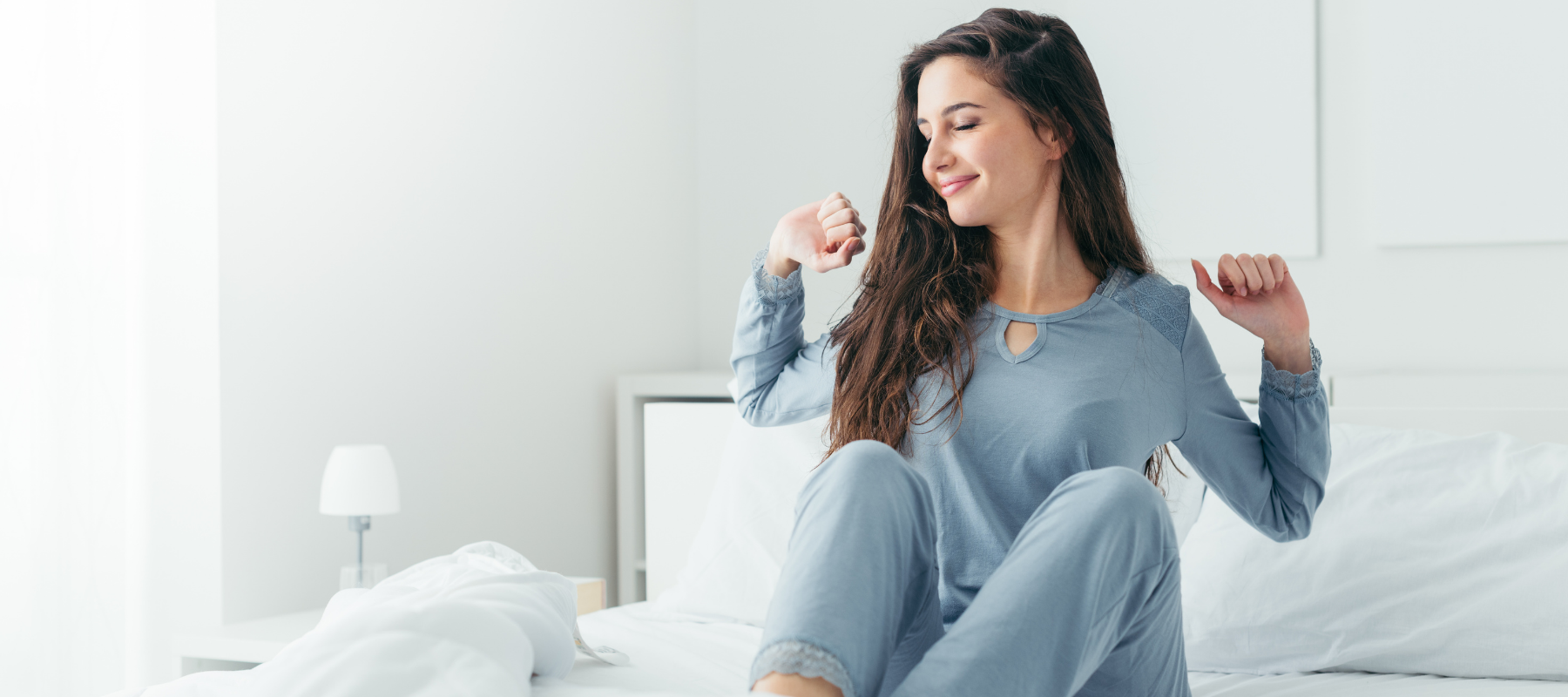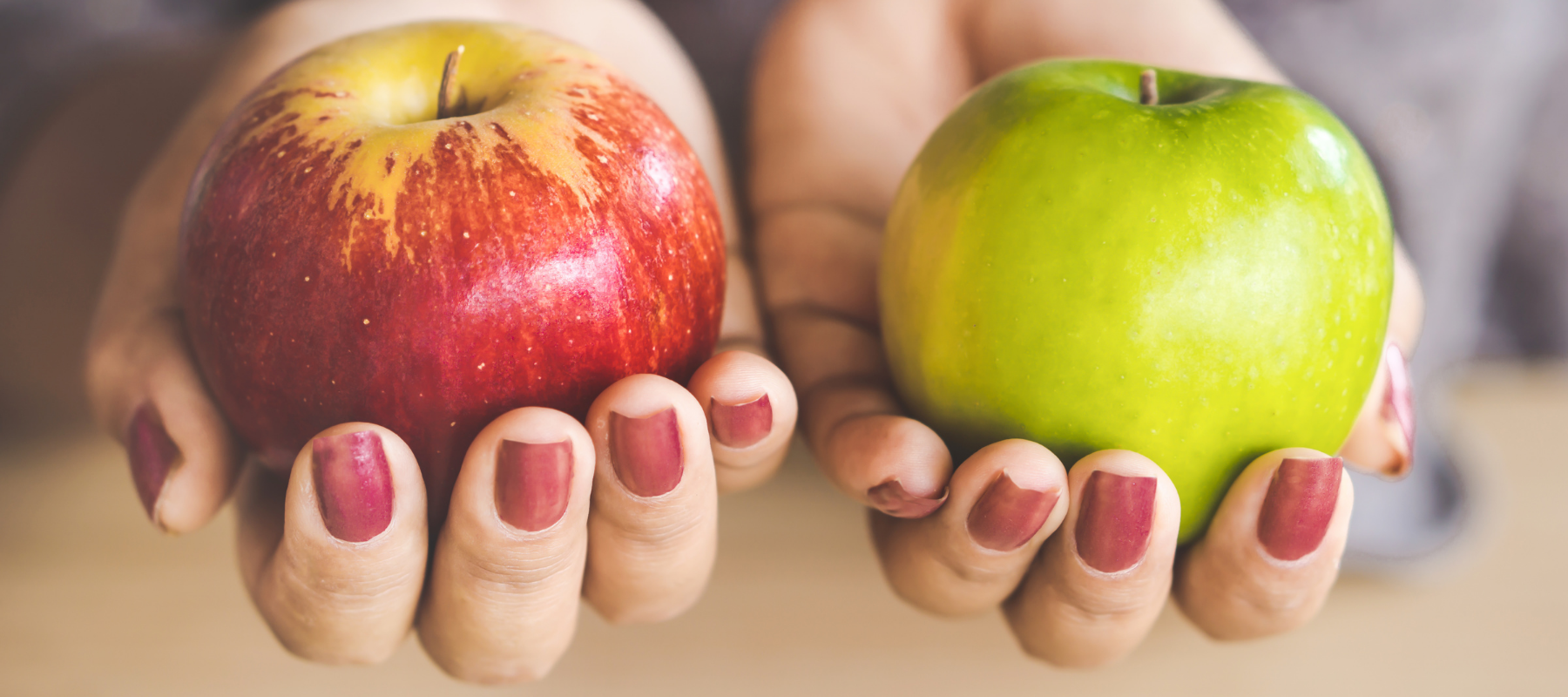It’s the season of renewal and fresh starts, which means it’s time to re-examine your migraine routine. Are there old habits you really need to stop? New treatments you’d like to try? What’s one small step you can take toward a happier, healthier life?
Here are just a few ideas for migraine prevention resolutions.
Prioritize sleep.
Sleep is one element of our lives that always gets sacrificed for other needs. Got a work project hanging over your head? You postpone bedtime to finish it. Trying to squeeze in some exercise? You get up early and tie your sneakers. Just feel like you need to decompress? You stay up late scrolling or watching TV.
Only 10% of American adults actually prioritize their sleep over fitness/nutrition, work, social life, and other interests, the National Sleep Foundation discovered in a poll. If you live with migraine, you should resolve to join this 10% and put sleep at the top of your to-do list.
Migraine and sleep are closely linked. Migraineurs who sleep an average of 6 hours per night had more frequent and more severe headaches than individuals who slept longer, one large study found. They also were more likely to exhibit morning headaches on awakening.
Read more: How Can You Get Good Sleep When You Have Migraine?
Commit to your migraine prevention routine.
You’ve probably heard that migraine hates change. It’s best to stick to a steady, regular routine for migraine prevention. (Some call this “headache hygiene.”) CEFALY can be a powerful part of that routine, as compliant daily use of the 20-minute PREVENT treatment is clinically proven to reduce migraine days. In one major study, 38.1% of CEFALY users saw at least a 50% reduction in the number of migraine days they experienced.
But it’s hard to create a new routine, whether that’s using the CEFALY PREVENT treatment daily, exercising regularly or going to bed at 9 every night. To be successful, focus on removing all obstacles to your desired outcome. For instance, if your CEFALY is always charged on your bathroom counter, you’re ready to use it right after you wash your face. Or try associating your desired action with an established habit. If you prefer to use your CEFALY device in the mornings, try placing it next to the coffeemaker or tea kettle.
Read more: Migraine Prevention: How To Make CEFALY Part Of Your Routine
Find a migraine-friendly exercise routine.
The goal should be identifying a workout you can stick to in the long run — not trying to achieve quick results. Some people with migraine find they can do exercise that consists of slow and deliberate movements, such as gentle yoga, barre or tai chi. Some recommend low-impact workouts that minimize head movement, such as a stationary bike or elliptical trainer. Strength training with mini-bands or dumbbells also works well for many people. If bright sunlight or temperature extremes are triggering for you, try walking laps around your house.
Read more: How Exercise Helps Migraine, and How to Start Your Routine
Make peace with your migraine journey.
Let’s be real: What you want most this year is a cure for migraine. You don’t want yet another list of medications to try, tests to take, and foods to avoid. You just want to be well and feel good.
Migraine is complicated, however. You may find that one treatment helps you feel 50% or 70% better, but not 100%. You have to keep going and trying new approaches. Think of your migraine treatment journey not as traveling a linear path, but as assembling a quilt with a pattern that’s uniquely yours.
You’ll encounter unexpected bright spots along the way. Many people say that their efforts to treat migraine have resulted in a healthier lifestyle, improved peace of mind, new friendships and renewed mental strength.
Here’s to you and a year of good health! And if you haven’t yet tried CEFALY, this is your year. Try it risk-free for 90 days to see how your migraine responds to this innovative, drug-free, clinically proven migraine treatment.













